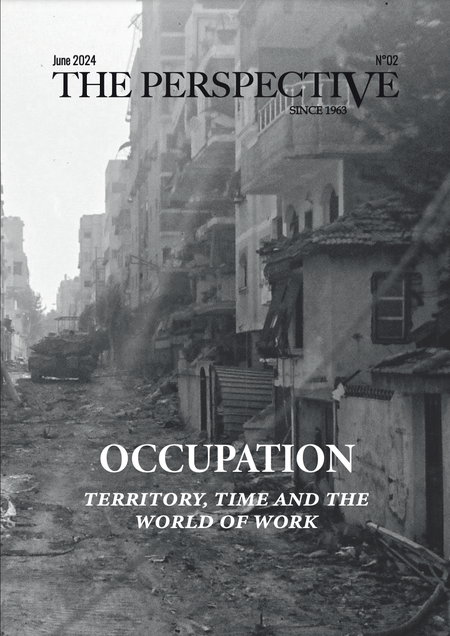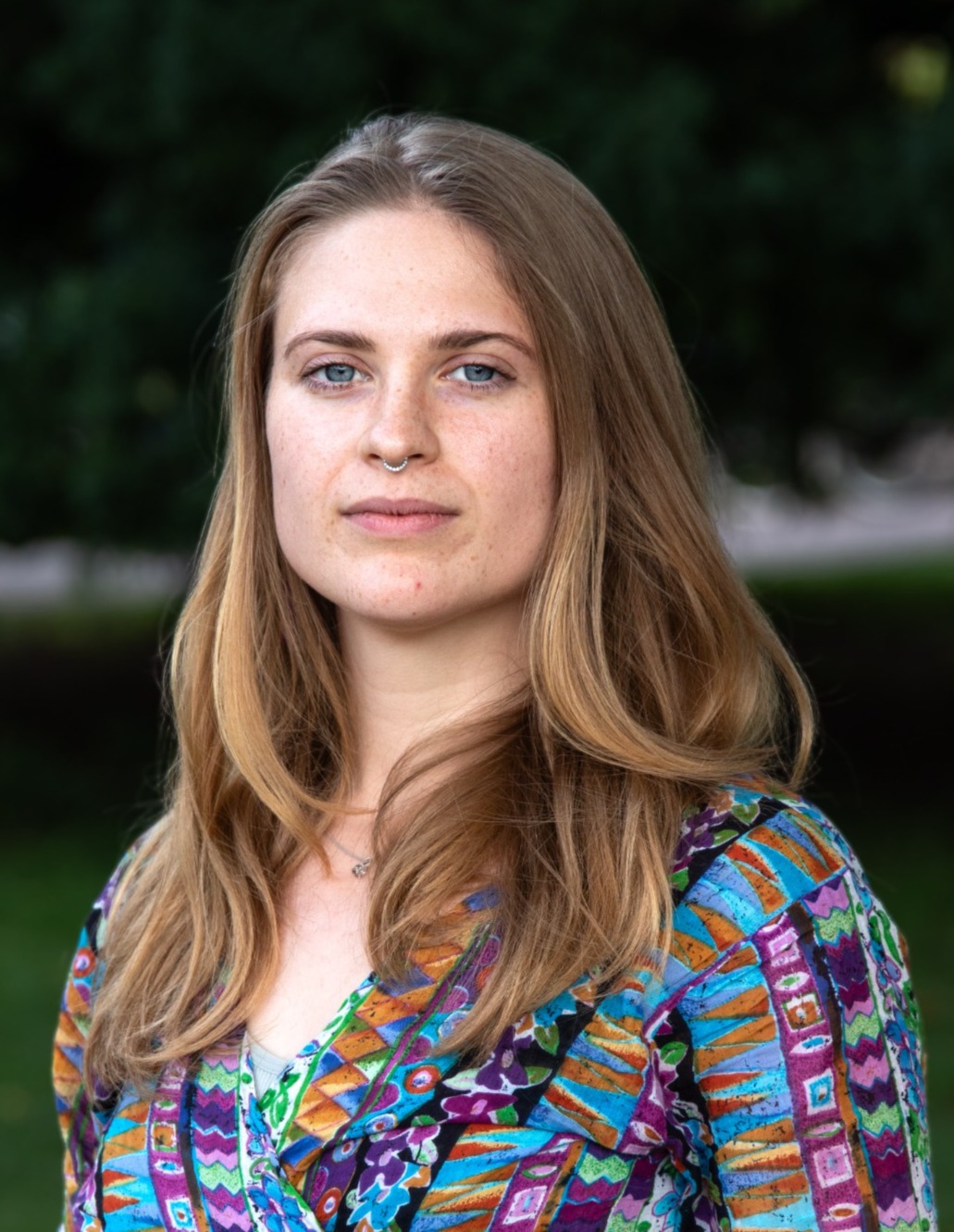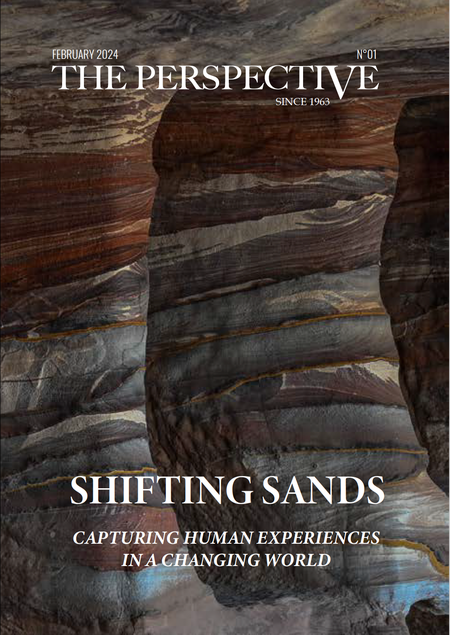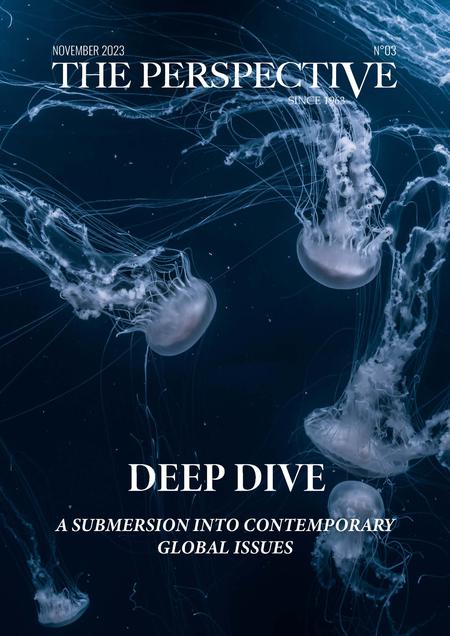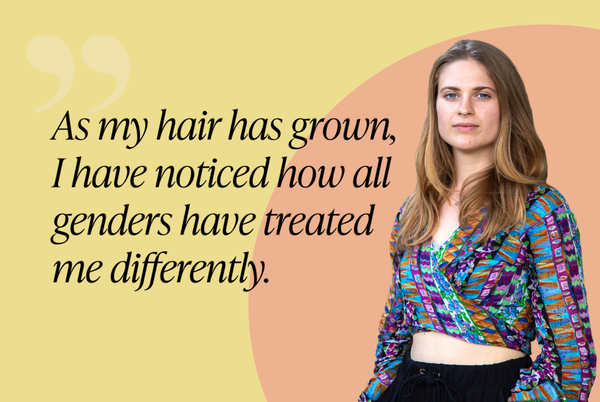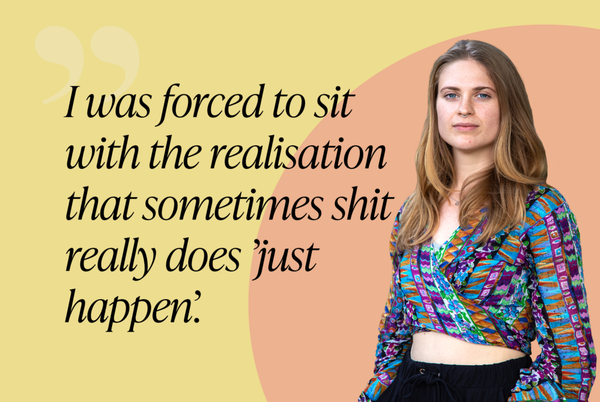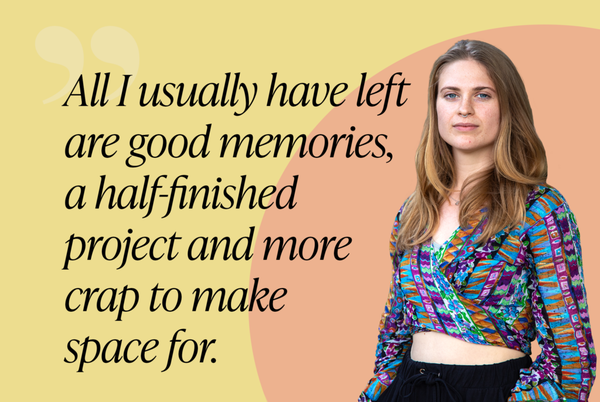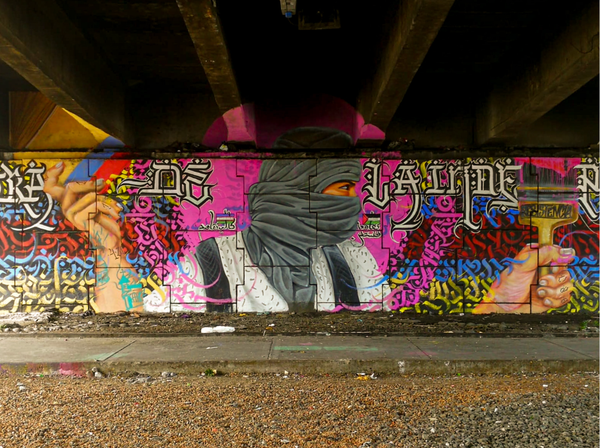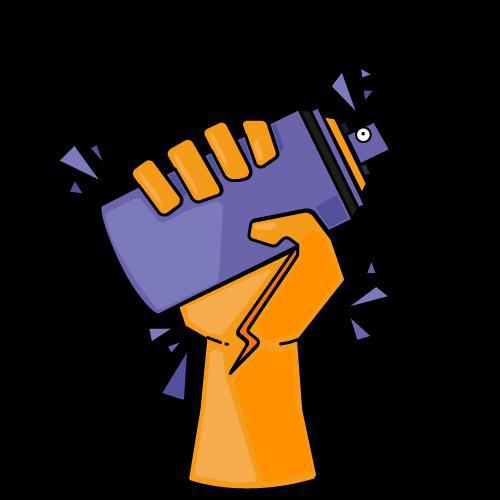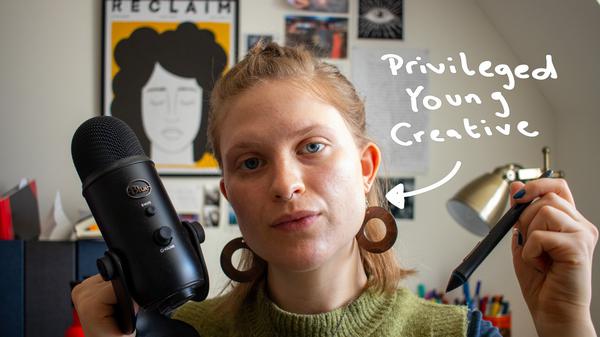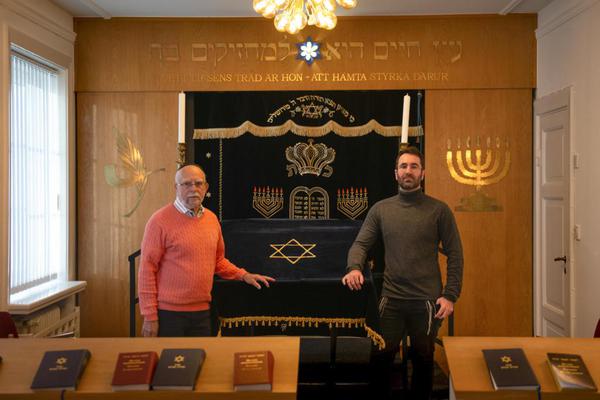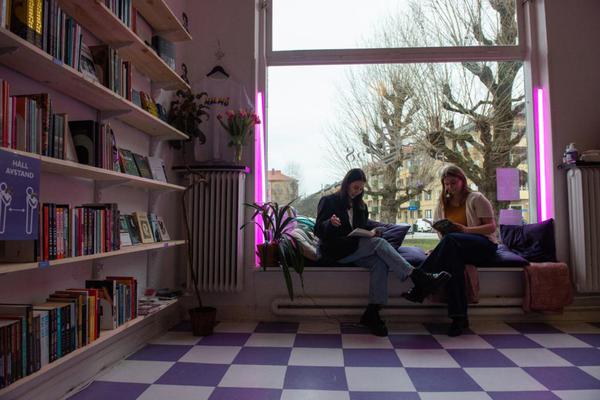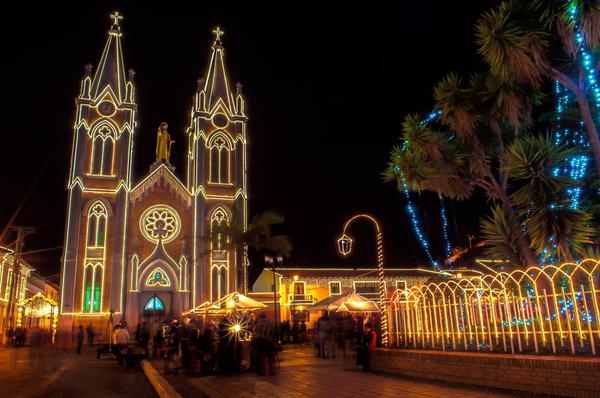8th April 2022
The Transformative Irenic Rebellious Power of Street Art in Colombia
Concerns are growing within the field of development as global democracy rates decline. As a
solution to how to rebuild democratic systems is currently unclear, this thesis looks at the case
of Colombia and the national protests (colloquially referred to as El Paro) that began in April
2021. The nation, suffering from increasing political polarisation, rising poverty rates and
crippling structural inequalities, was forced to stop all normal activities. For two months, the
protestors campaigned for more just democratic systems. Interestingly, street art proliferated
during this time across urban spaces. A topic as of yet mostly ignored within development,
this thesis focuses on understanding what the significance of street art was to protestors
during the national strike. Guiding the research were previous studies on street art in South
America from a variety of disciplines and a conceptual framework which consisted of the
meta theories Right to the City, Social Movement Theory and Anomie Theory. By interviewing
10 protestors in total, 5 each from the cities of Bogotá and Cali, this thesis uses an iterative
coding process to build the meta-framework Typologies of Rebellion. Using this framework,
the middle-range grounded theory Irenic Rebellious City Transformation was generated which
aided the analysis of the primary data collected to be able to provide evidence that street art
was significant during El Paro because it acts as a non-violent, rebellious tool which works
for the collective good.
